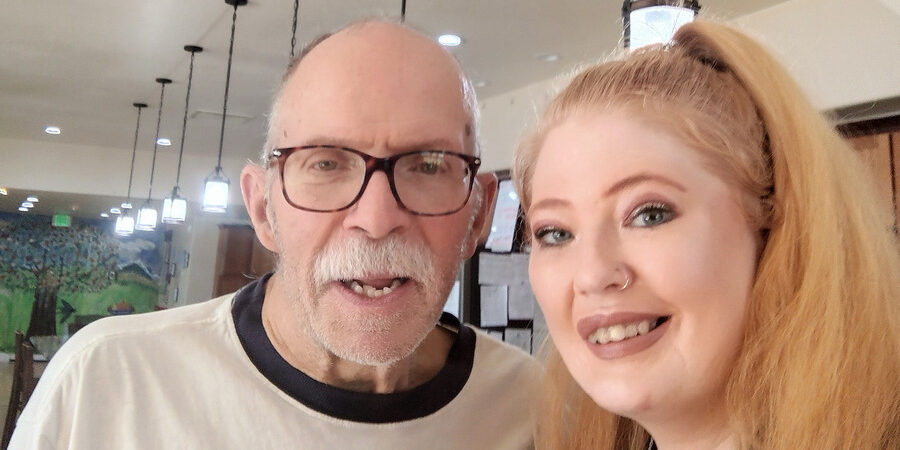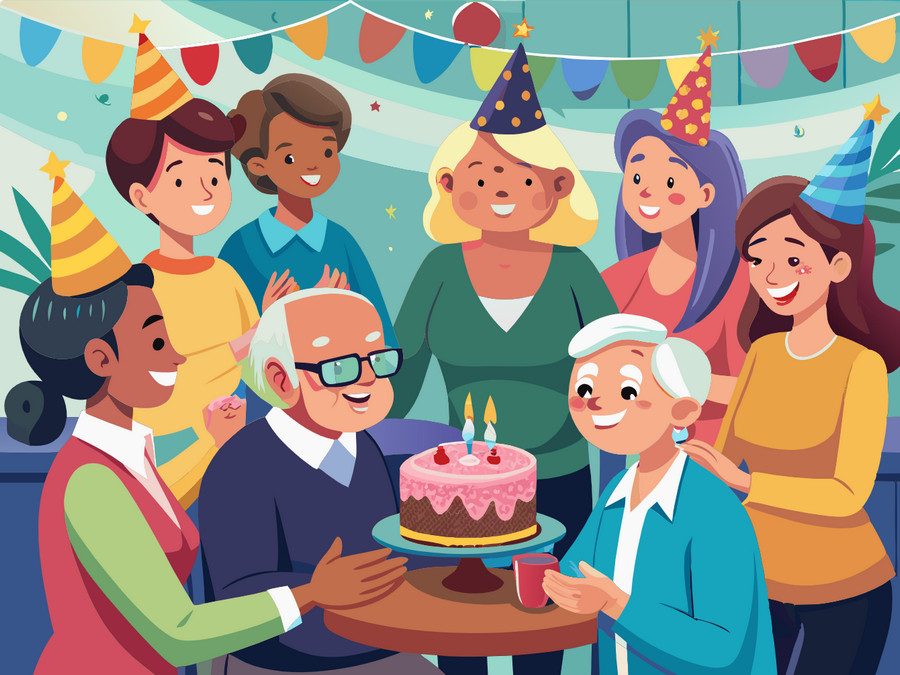


Kindness and care in dementia go a long way.
Dementia has a way of testing everyone in its orbit. The person living with it, the family watching it unfold, and the caregivers who show up every day to provide care that goes far beyond routine tasks.
It takes an extraordinary kind of strength to meet agitation with patience, to soothe confusion with steady reassurance, and to replace frustration with understanding.

A strong-minded caregiver is not simply someone who endures; they are someone who adapts. They understand that dementia does not follow logic.
It does not negotiate, reason, or slow down when it becomes inconvenient. It requires those who care to meet it where it is, again and again, with the kind of resilience that cannot be taught in a classroom.
The greatest tool in dementia care is not a medication or a treatment plan. It is kindness. A calm voice that turns distress into comfort.
A familiar touch that anchors a person to the present. A knowing look that speaks to an unbroken bond, even when words have failed.
True kindness is not surface-level; it is deeply rooted in the ability to see the person beyond the disease.

There’s a moment in caregiving that reveals everything: the pause before a staff member answers a resident’s question for the tenth time that hour.
Does their voice tighten with impatience? Or do they soften, meeting that moment with grace?
In dementia care, kindness is not an abstract virtue—it is the foundation of dignity, the difference between someone feeling safe or feeling lost.
A care facility may advertise itself as warm and compassionate, but the real test is in the details.
It’s the way a hand lingers on a resident’s shoulder in reassurance, the way a name is spoken with familiarity, not as a task to complete but as a person to cherish.
Here is a checklist of some things to observe in a quality memory care home:
A mission statement is just words until it’s made real in daily practice. The best facilities don’t just promise kindness; they live by it.
Ask any staff member about their approach to dementia care.
If they answer with genuine conviction—if they speak about preserving dignity, fostering connection, and responding with patience—you know that kindness isn’t just a slogan, but a way of life.
Step into the common area and watch how staff interact.
Do they call residents by name, make eye contact, and crouch down to meet someone at their level rather than towering over them?
Do they listen, even when words fail, responding to a furrowed brow or an anxious glance with reassurance?
A resident’s reality may shift, but kindness should remain constant.
The best care homes don’t feel like institutions; they feel lived in—cozy corners, familiar smells, a space that invites warmth.
Residents should be at ease, engaged rather than withdrawn, their environment designed to minimize disorientation rather than magnify it.

No two lives unfold the same way, and care should reflect that. A person’s story shouldn’t be reduced to a chart or a list of needs.
The best facilities make sure staff know who someone was before dementia—what music makes them hum; what routines bring them peace.
When a resident is treated as someone still whole, not just as a set of symptoms to manage, it shows.
The ones who love and remember residents as they once were deserve a role in the care process.
Do families feel welcomed, informed, part of the conversation?
Are they given space to grieve what’s changing while still feeling hopeful about the care their loved one receives?
The best places make sure that family members are partners, not just visitors.
Dementia care is more than meeting physical needs—it’s about preserving a life worth living.
The best facilities don’t just schedule activities; they cultivate joy.
A dance, a shared laugh, a resident painting even when their brushstrokes no longer follow the lines—these moments matter.
The question to ask is not just, “Are activities provided?” but “Do residents come alive in them?”
When dementia makes communication difficult, when frustration boils over, what happens next?
The way a facility handles challenges reveals everything.
Do staff respond with calm reassurance, using techniques designed to soothe rather than escalate?
Or do they rush, dismiss, or—worse—show frustration? In the hardest moments, kindness is the only thing that truly works.
The best places never assume they have it all figured out. They ask families what could be better, and they actually listen.
They acknowledge missteps and commit to doing better.
If you walk into a place and see signs that feedback leads to action—if families feel heard, if residents are cared for as individuals rather than just patients—you’ve found somewhere special.
Dementia steals a lot, but it doesn’t have to steal kindness.
The right care home understands this—that even as memory fades, love and dignity remain.

At Applewood Our House, kindness and care in dementia is not an afterthought—it is the foundation of everything we do. Our caregivers do more than assist; they connect.
They recognize that each resident is an individual with a history, a personality, and a need for dignity.
To see how kindness shapes dementia care every single day, visit our page: Care Wrapped in Kindness at Applewood Our House.